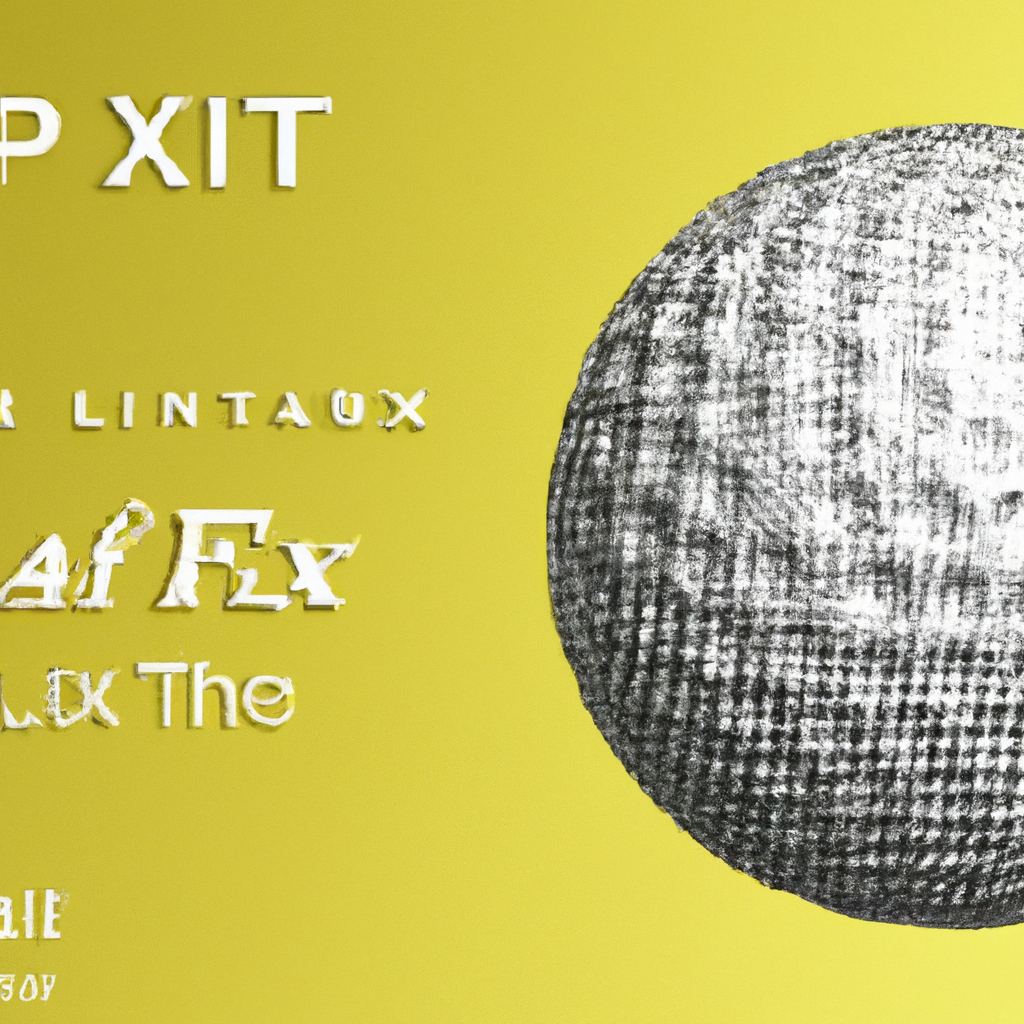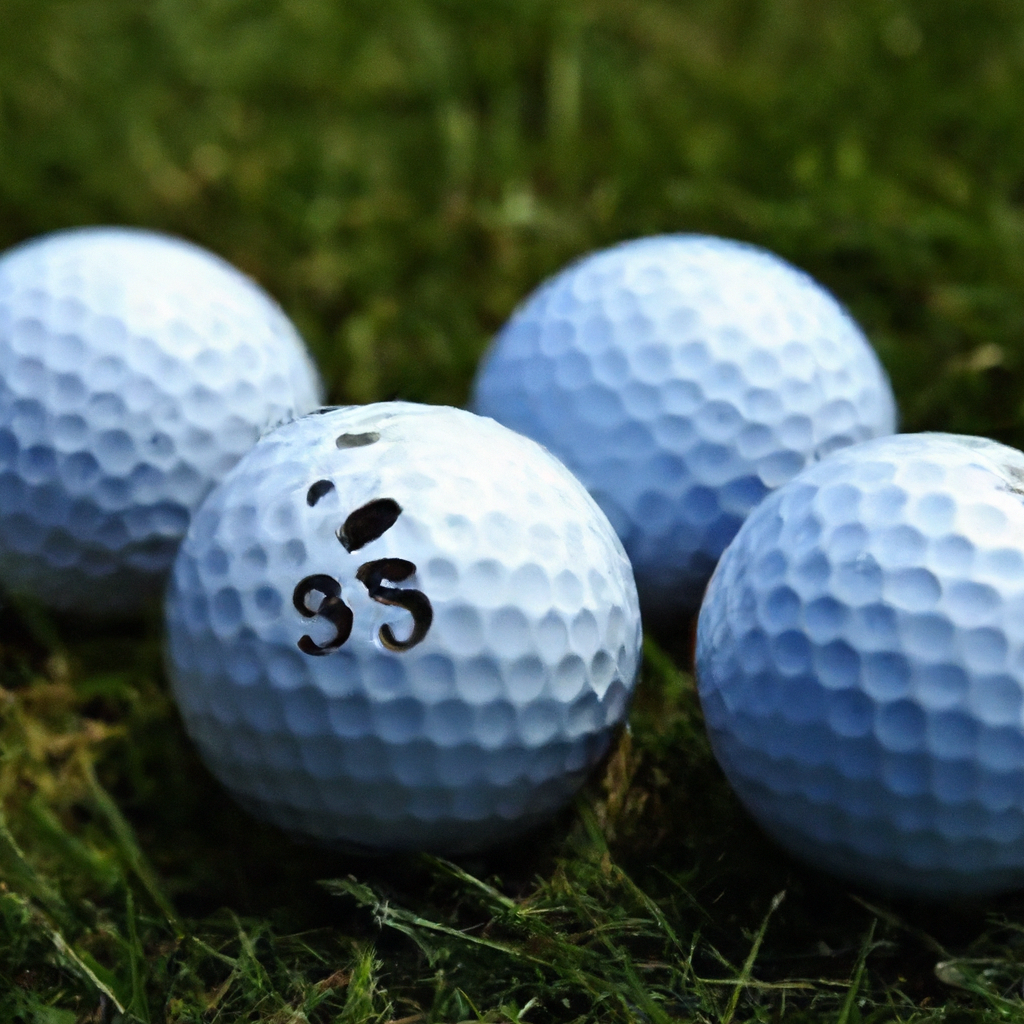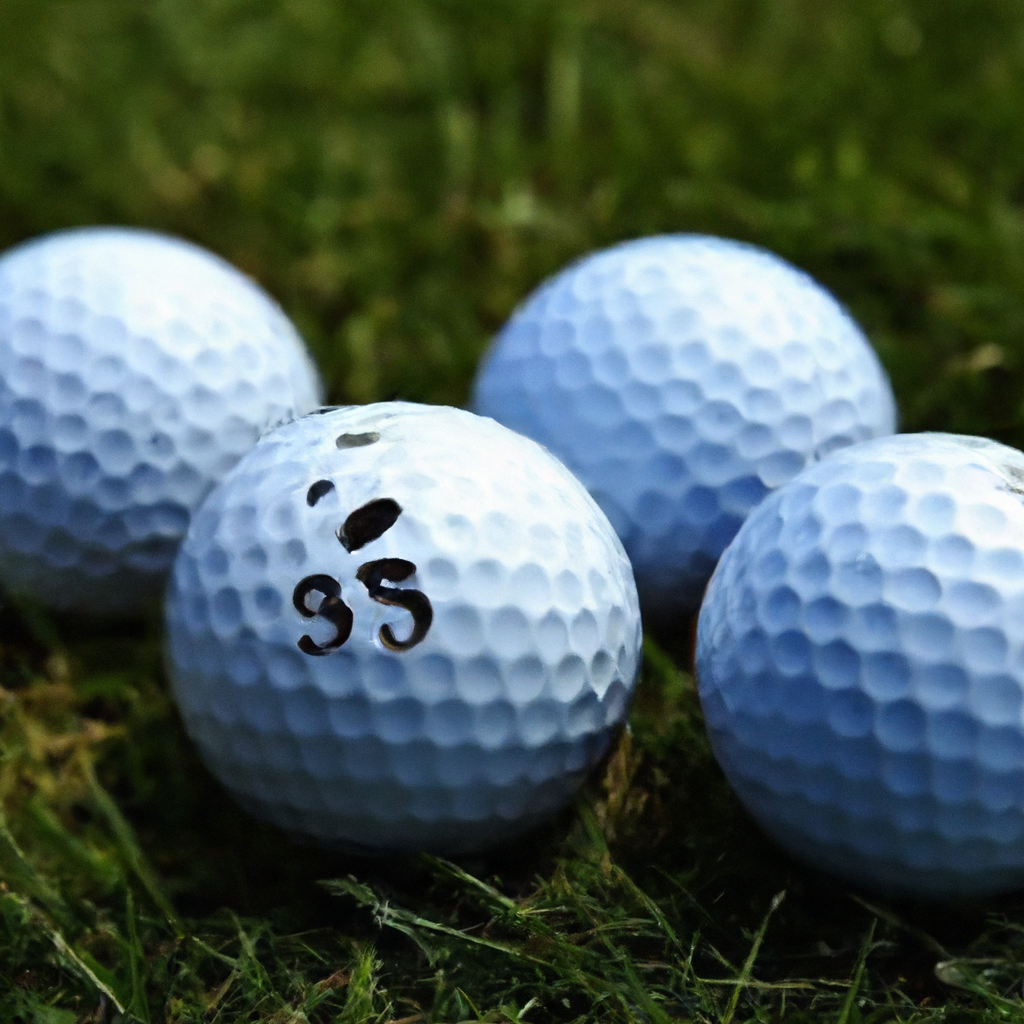Picture this: you’re on the golf course, standing in the lush green grass, about to tee off. As you reach into your golf bag, you notice that the golf balls all have numbers on them – but what do those numbers actually mean? Are they just random digits or do they hold some secret significance? In this article, we’ll unravel the mystery behind those numbers and uncover the fascinating truth about what they mean for your game. Get ready to unlock the secret behind the number on a golf ball!

Choosing the Right Golf Ball
When it comes to golf, selecting the right ball can make a significant difference in your performance on the green. With so many options available, understanding the various factors that go into choosing the right golf ball is essential. From decoding golf ball numbers to considering factors like compression, dimples, and spin control, this comprehensive guide will help you make an informed decision based on your skill level and personal preferences.
Understanding Golf Ball Numbers
One of the first things you’ll notice when browsing for golf balls is the number displayed on each ball. Typically, these numbers range from 1 to 5, and they represent the compression rating of the ball. Compression refers to how tightly the ball is constructed and how it reacts when struck by a club. The higher the compression number, the firmer the ball, while lower compression numbers indicate a softer ball.
The Importance of Compression
The compression of a golf ball plays a crucial role in achieving optimal distance, control, and feel. A high compression ball, such as those with a compression rating of 90 or above, is ideal for players with a faster swing speed. These balls provide less spin and more control, allowing you to maximize your distance while maintaining accuracy. On the other hand, low compression balls, with ratings below 80, are better suited for players with slower swing speeds. These balls tend to generate more spin, providing more control and feel, especially for shorter shots.
Dimples and Spin Control
Have you ever wondered why golf balls have dimples? The dimples on a golf ball are not just for aesthetic appeal, but they serve a significant purpose in controlling the ball’s spin. When a golf ball is in flight, the dimples create turbulence in the surrounding air, allowing the ball to maintain a stable trajectory. The spin generated by the dimples also affects how the ball stops and rolls on the green. Different golf balls have varying dimple patterns, which can influence the amount of control and spin you can achieve.
Choosing a Golf Ball Based on Skill Level
Selecting a golf ball that aligns with your skill level can greatly impact your overall performance. For beginners and high-handicap players, a two-piece golf ball is an excellent choice. These balls have a solid rubber core and a durable cover, offering maximum distance and durability. They are forgiving on mishits and provide a consistent flight path.
Intermediate players may consider transitioning to a three-piece golf ball. These balls have a softer core, providing added feel and control around the greens while still offering good distance.
Advanced players or those with a low handicap may opt for a four- or five-piece golf ball. These balls offer exceptional control, feel, and spin, making them ideal for players who prioritize shot shaping and maximum control.
Decoding Golf Ball Numbers
Now that we understand the basics of golf ball numbers, let’s delve into the different types of golf balls available based on their construction and performance characteristics.
The Two-Piece Ball
Two-piece golf balls are the most commonly used and preferred by beginners and high-handicap players. The construction of these balls consists of a solid rubber core surrounded by a durable cover made of ionomer or Surlyn. The low spin generated by two-piece balls helps minimize slices and hooks, making them easier to control. They also provide maximum distance due to their high compression rating, typically around 90 or above.
The Three-Piece Ball
Three-piece golf balls are a step up from two-piece balls in terms of performance. These balls have a solid rubber or liquid-filled core, surrounded by multiple layers, including a thin mantle layer and a soft urethane cover. The additional layers provide enhanced feel and control around the greens. The spin generated by three-piece balls allows intermediate players to have better control over their shots. They offer a combination of distance and control, with a compression rating typically ranging from 80 to 90.
The Four-Piece Ball
Four-piece golf balls are designed for advanced players who prioritize shot precision and control. These balls have a dual core, surrounded by an inner mantle, an outer mantle, and a urethane cover. The layers in four-piece balls work together to provide maximum distance, spin control, and feel. The multilayer construction allows for better shot shaping and versatility in different playing conditions. The compression rating of four-piece balls typically ranges from 70 to 90.
The Five-Piece Ball
The most sophisticated and technologically advanced golf balls on the market are the five-piece balls. These balls have a construction similar to the four-piece balls, but with an additional mantle layer. The extra layer ensures even more control, spin, and distance consistency. Five-piece balls are preferred by professional golfers or those with an extremely low handicap who demand the highest level of performance from their equipment.

Factors Affecting Performance
Choosing the right golf ball involves considering various factors that can directly impact your performance on the course. Here are some important factors to keep in mind when selecting a golf ball.
Swing Speed and Golf Ball Compression
Your swing speed plays a significant role in determining the compression rating suitable for your game. Golfers with fast swing speeds typically benefit from higher compression balls as they help reduce spin and provide more control. Slower swing speeds, on the other hand, require lower compression balls to maximize distance and generate more spin.
Spin Rate and Golf Ball Numbers
Spin rate is another critical factor to consider when choosing a golf ball. Higher compression balls tend to generate less spin while lower compression balls provide more spin. Depending on your skill level and shot requirements, you can select a ball that aligns with your desired spin characteristics. Keep in mind that too much or too little spin can affect your ability to control the ball on approach shots or around the greens.
Launch Angle and Distance
Finding the right launch angle can significantly impact your distance off the tee. Different golf balls have varying launch characteristics, primarily influenced by their construction and compression rating. Understanding your swing and shot preferences will help you choose a ball that optimizes your launch angle and maximizes your distance potential.
Weather Conditions and Golf Ball Performance
Weather conditions, such as temperature and wind, can affect the performance of your golf ball. In colder temperatures, golf balls tend to feel firmer and lose some of their compression. Conversely, in warmer conditions, balls tend to feel softer and compress more, which can impact distance and control. Similarly, wind can affect the flight and distance of your ball. Considering the weather conditions and selecting a ball suited for those conditions can help optimize your performance.
Common Misconceptions
Now let’s debunk some common misconceptions surrounding golf balls that can impact your ball selection process.
The Myth of Distance Control
Some golfers believe that choosing a higher compression ball will automatically provide better distance control. While higher compression balls can offer more control, distance control is primarily dependent on swing mechanics and consistency. Regardless of the ball you choose, it’s important to focus on developing a smooth and consistent swing to ensure optimal distance control.
The Influence of Golf Ball Numbers on Slice or Hook
Another misconception is that golf ball numbers can directly influence the occurrence of slices or hooks. While it is true that certain ball characteristics, such as spin and compression, can indirectly affect shot shape, slices and hooks are primarily caused by swing mechanics. Correcting your swing technique and seeking professional guidance are more effective ways to address issues related to shot shape, rather than relying solely on the number on the ball.
Technology and Innovation
The golf ball industry is constantly evolving, with manufacturers continually developing new technologies to enhance performance. Let’s take a look at some of the recent developments in golf ball technology and the role manufacturers play in determining golf ball numbers.
Recent Developments in Golf Ball Technology
Manufacturers are continuously researching and experimenting with new materials and designs to improve golf ball performance. Developments in core technology, mantle layer compositions, and cover materials have resulted in balls with increased distance, control, and feel. From multi-layered constructions to advanced dimple patterns, the latest innovations in golf ball technology aim to optimize performance for players of all skill levels.
The Role of Manufacturers in Golf Ball Numbers
Manufacturers play a crucial role in determining the performance characteristics of golf balls through their research and development efforts. The number assigned to a golf ball represents specific attributes chosen by the manufacturer to cater to different player preferences and skill levels. As the technology and knowledge surrounding golf balls continue to advance, manufacturers will continue to refine their offerings to provide golfers with the best possible equipment.
Choosing the right golf ball is a personal decision that depends on your skill level, swing speed, desired shot characteristics, and preferences. By understanding the significance of golf ball numbers, compression, dimples, and other factors affecting performance, you can make an informed choice that maximizes your potential on the course. So next time you step onto the tee box, be confident in your decision and watch your game improve with the right golf ball by your side. Happy golfing!


